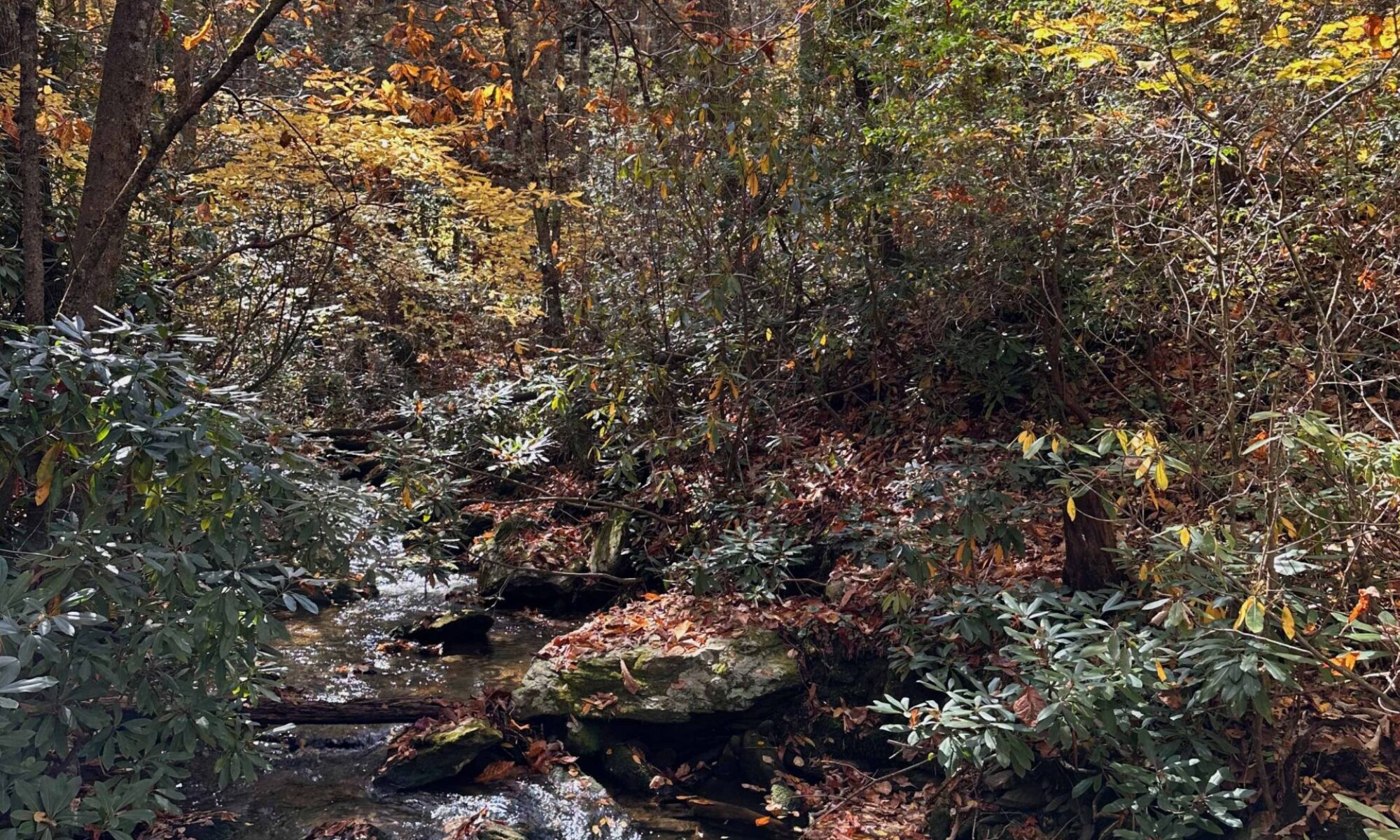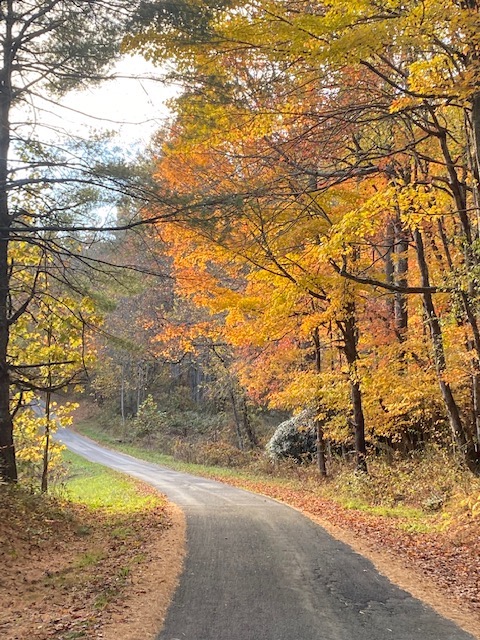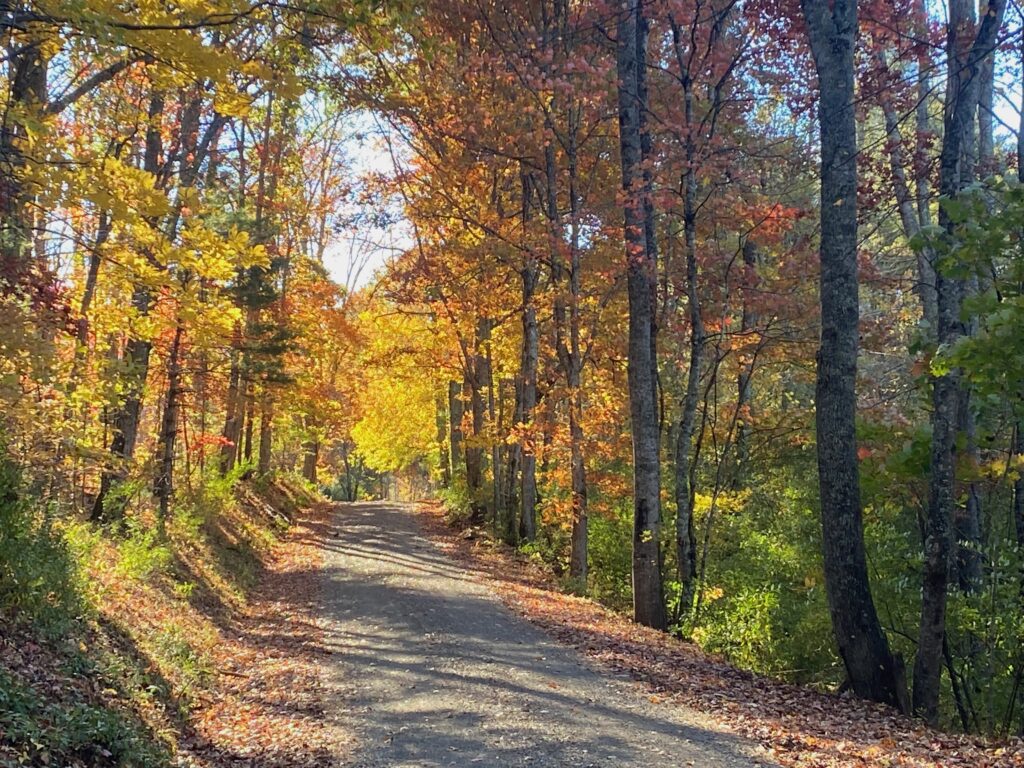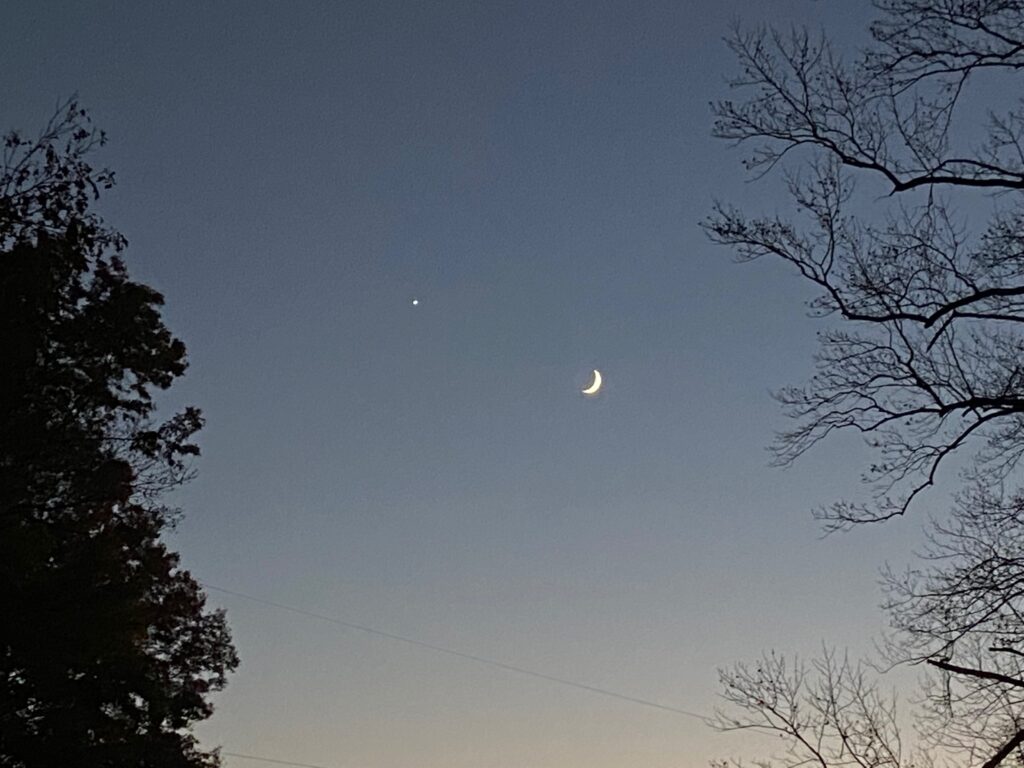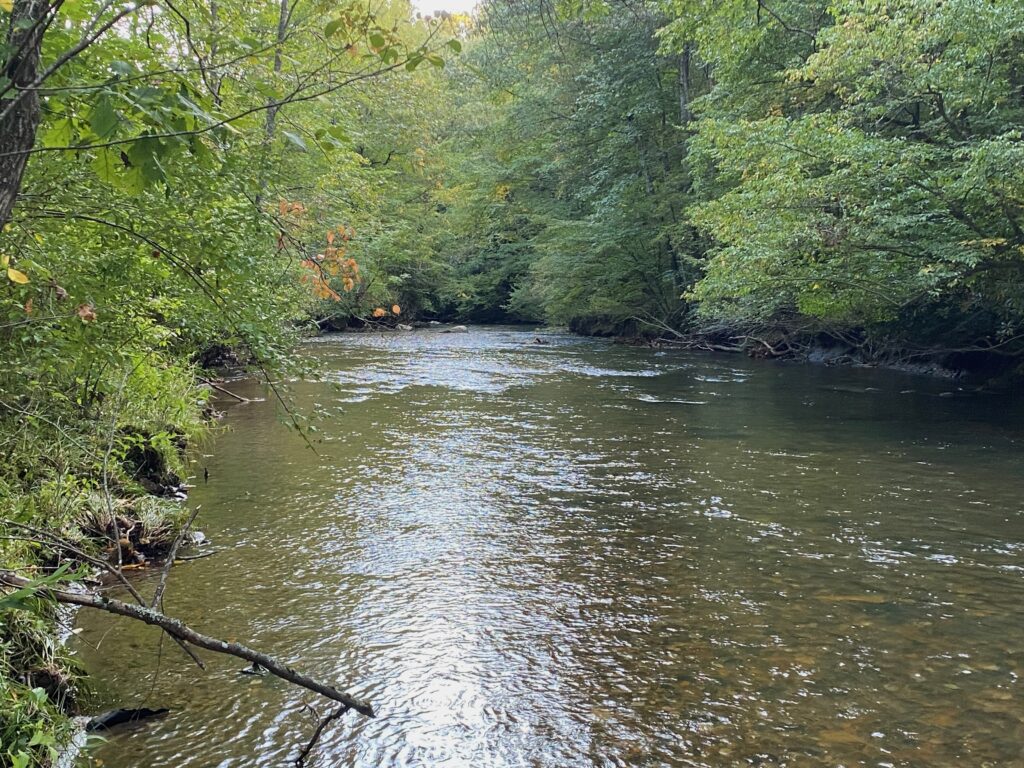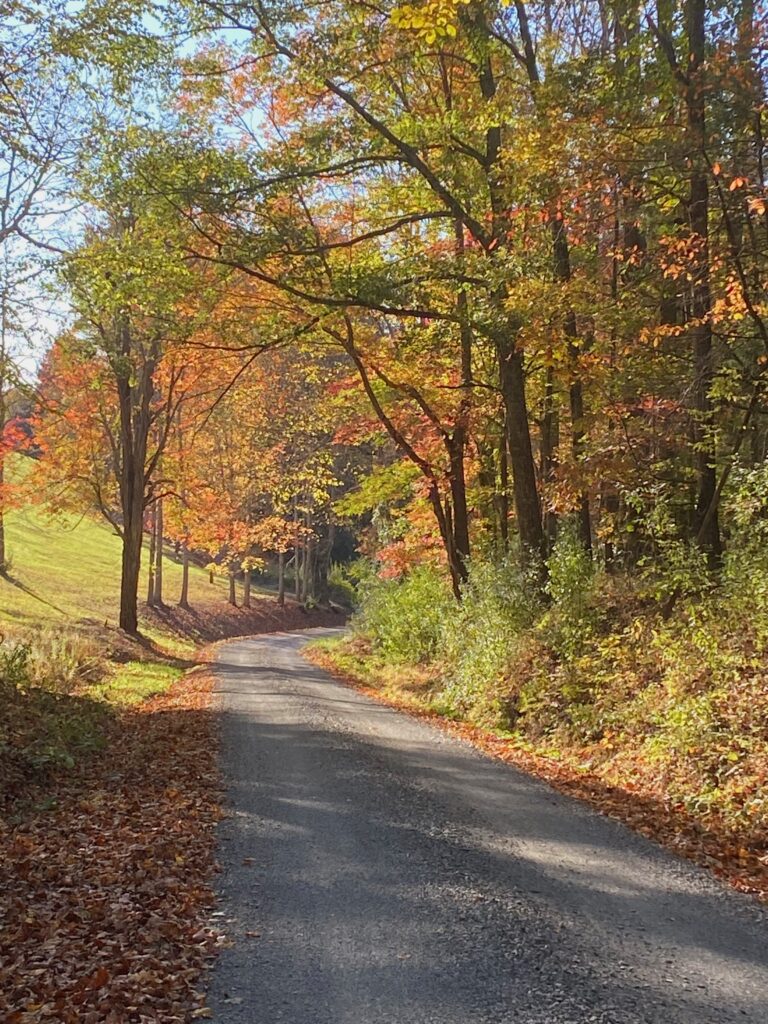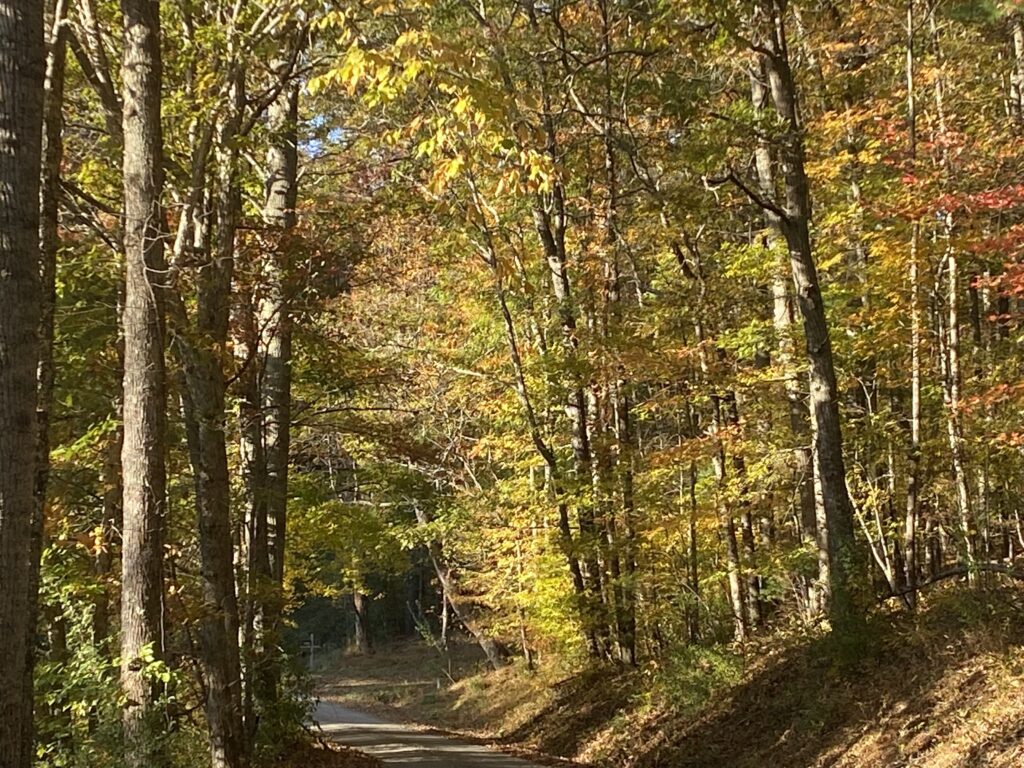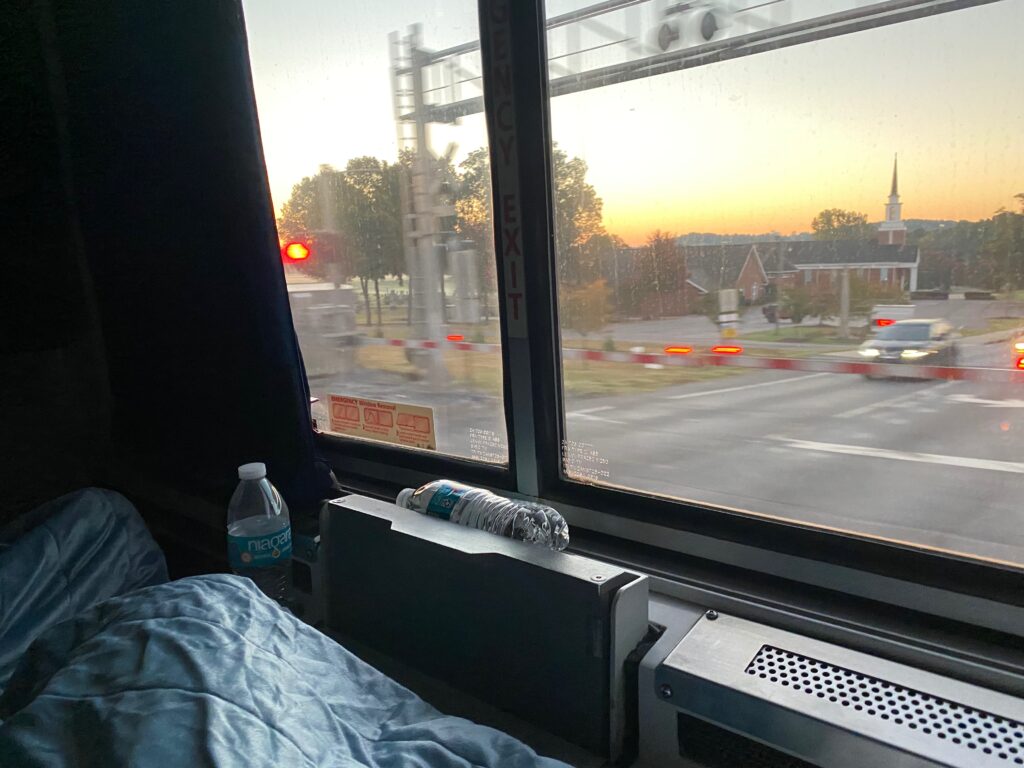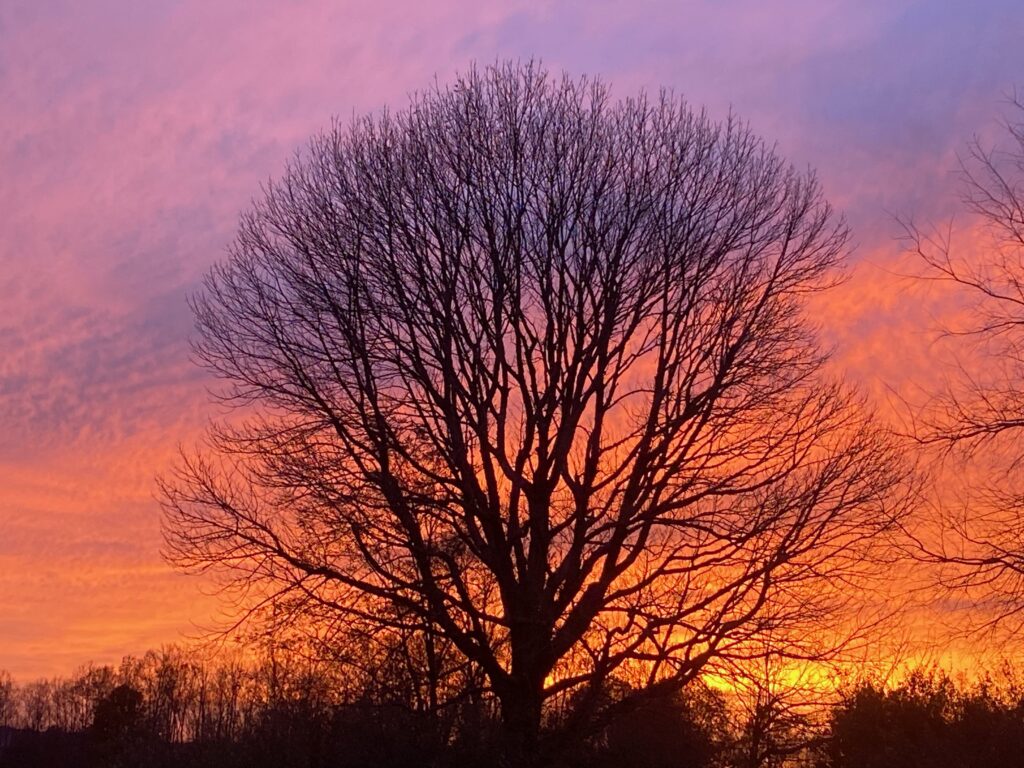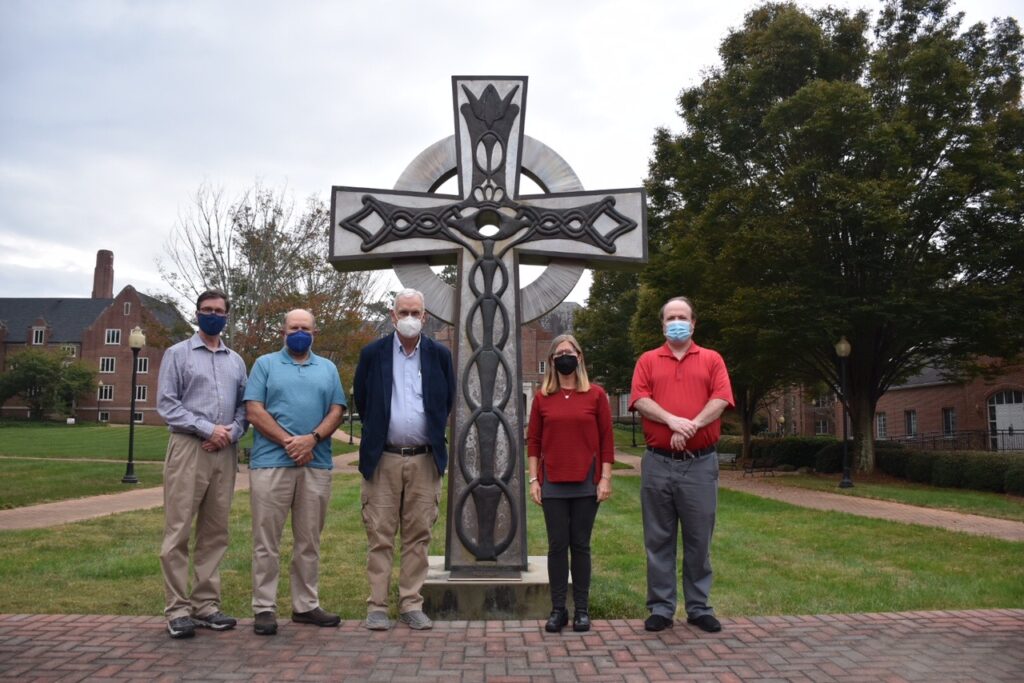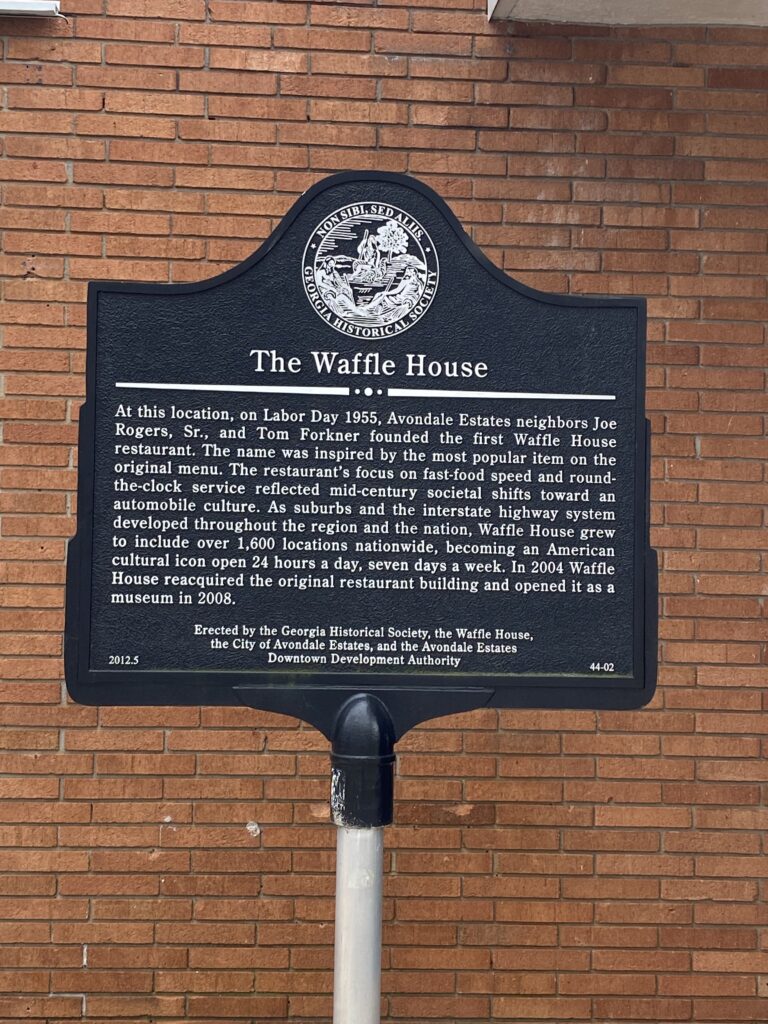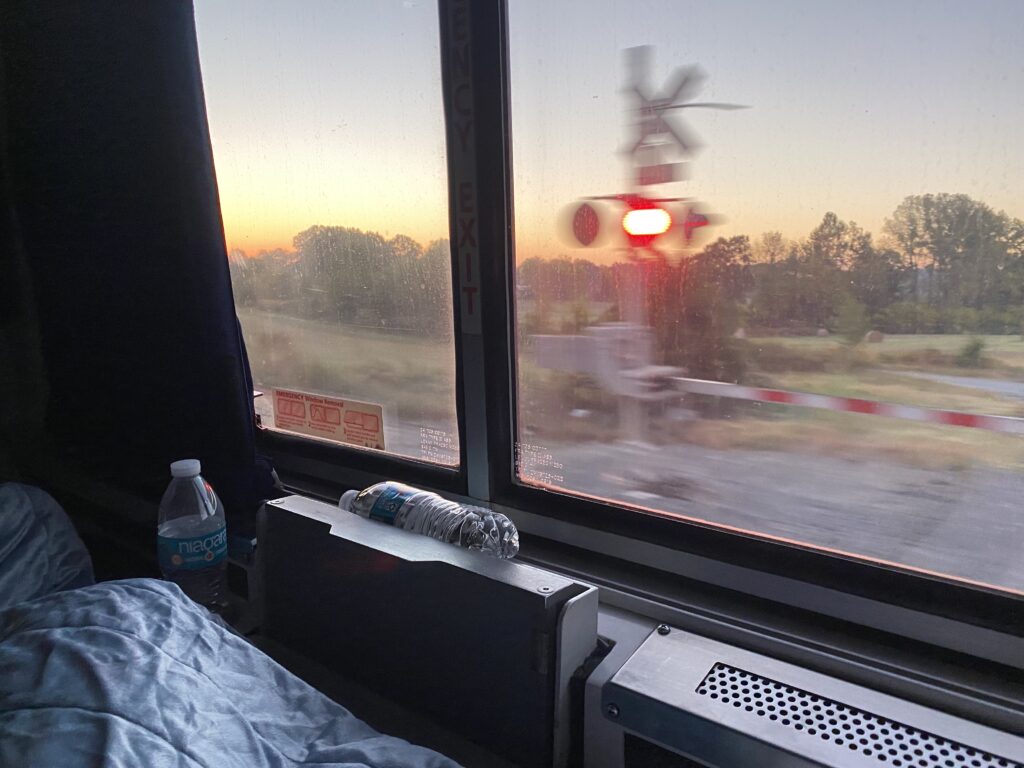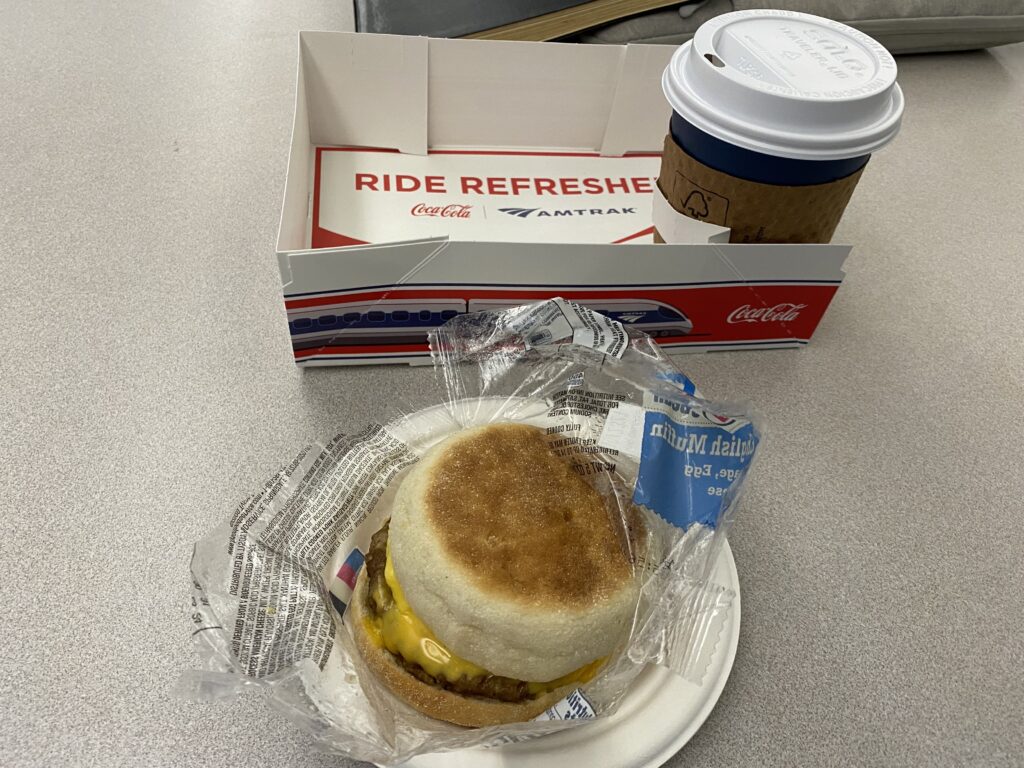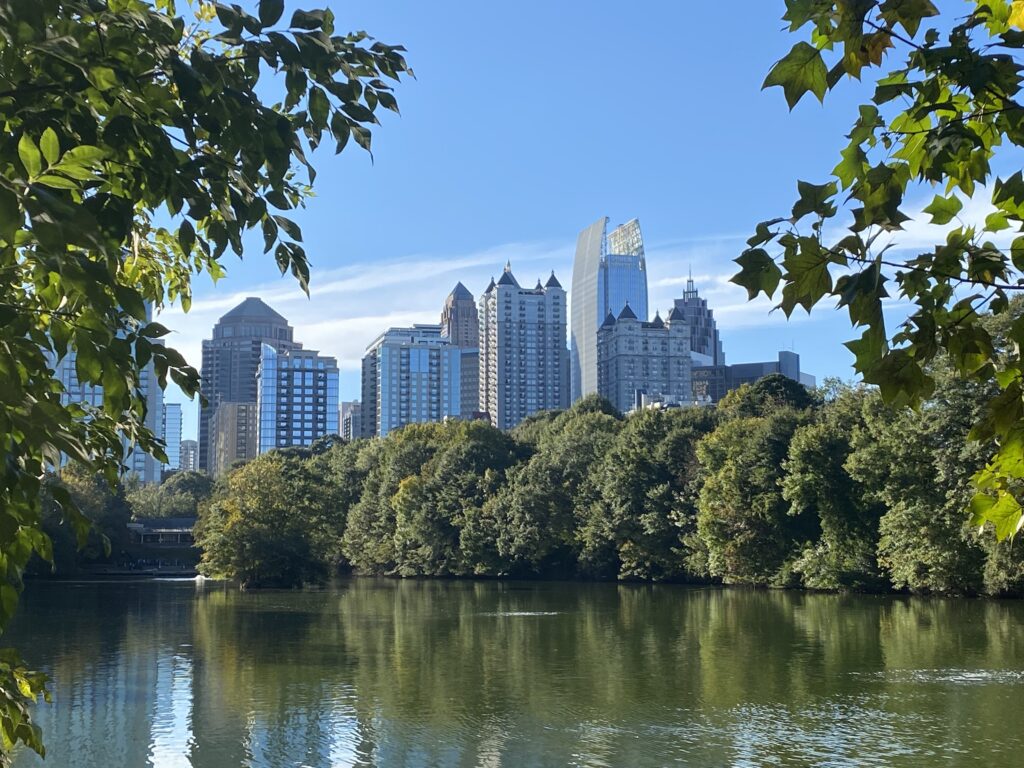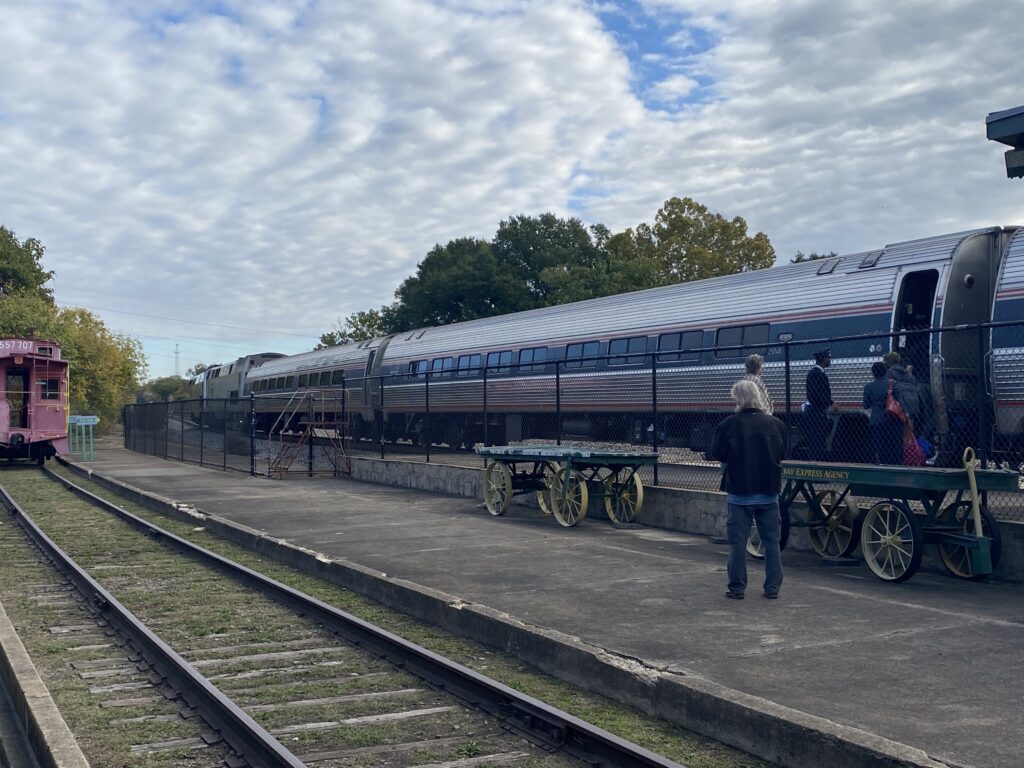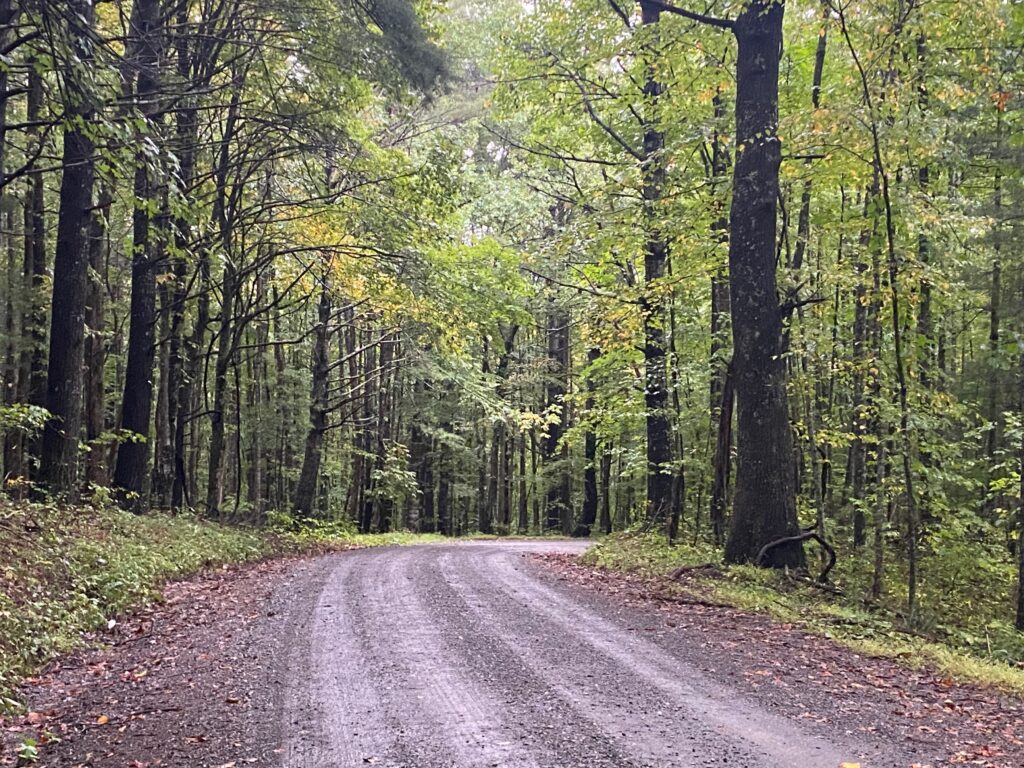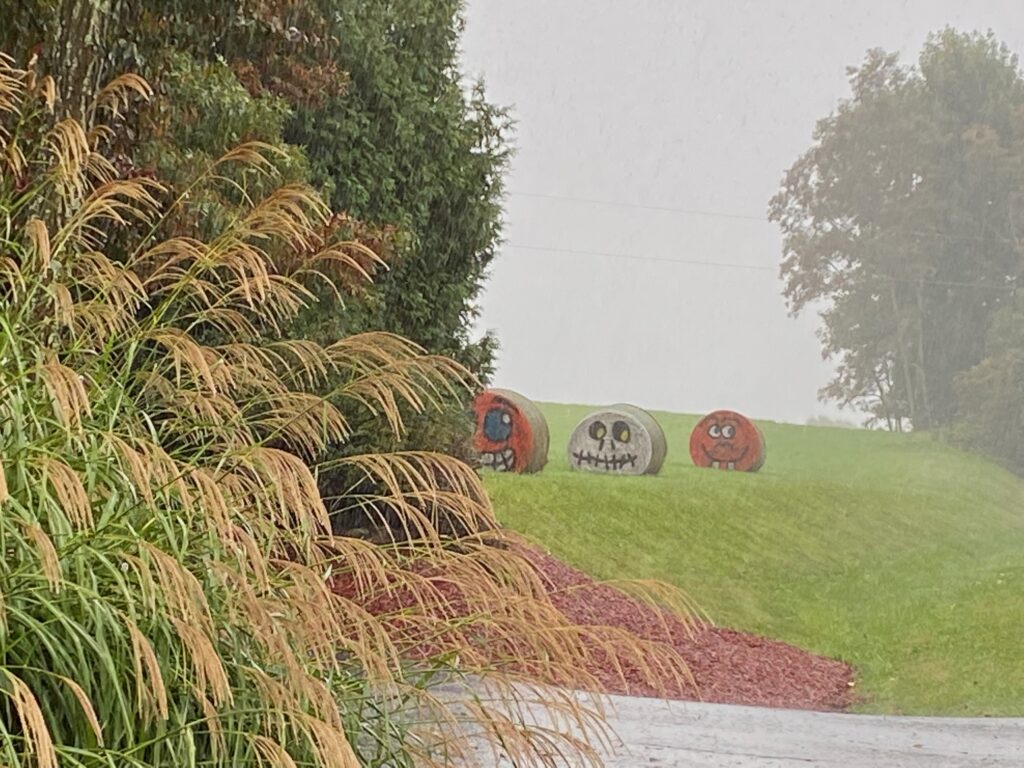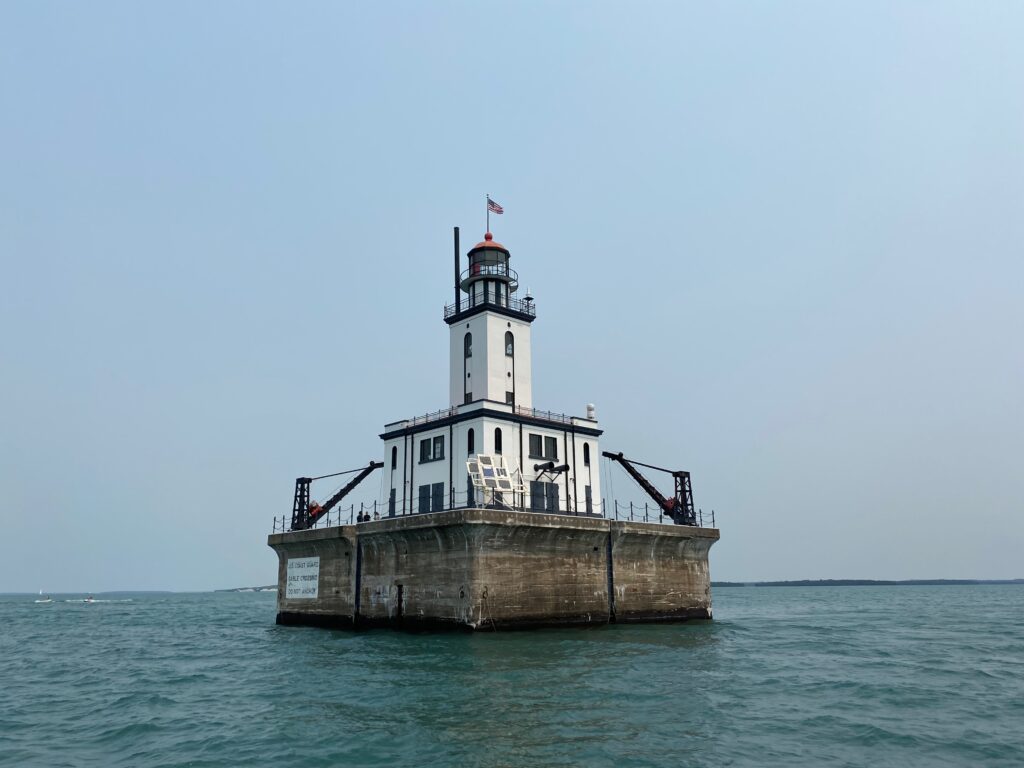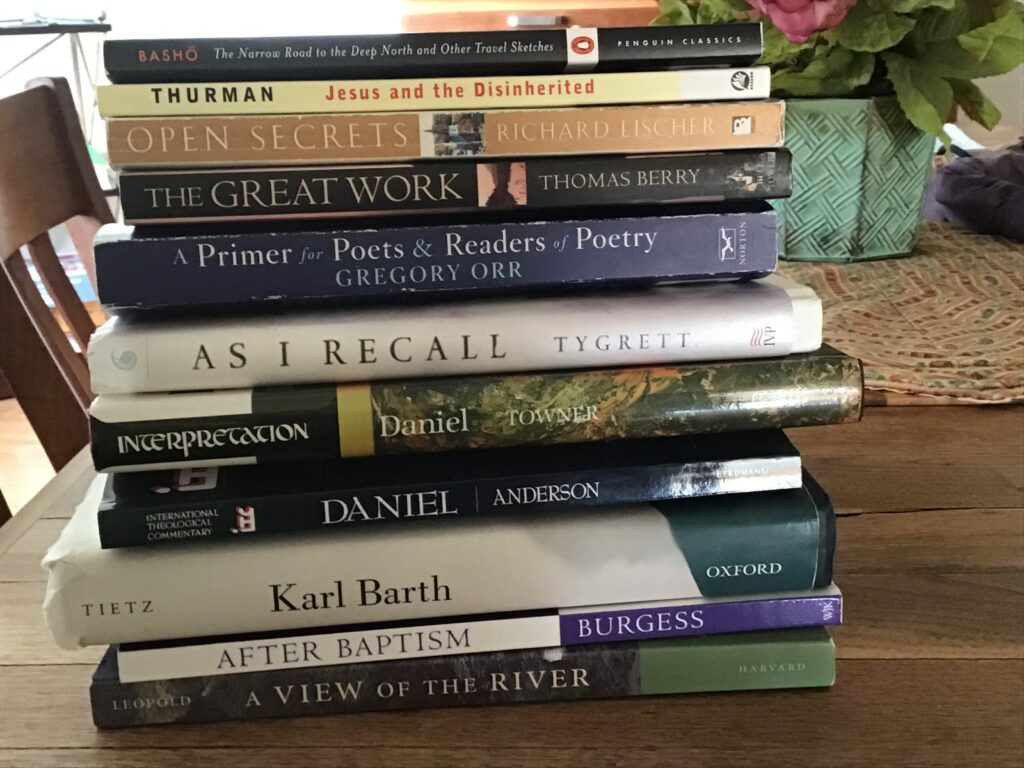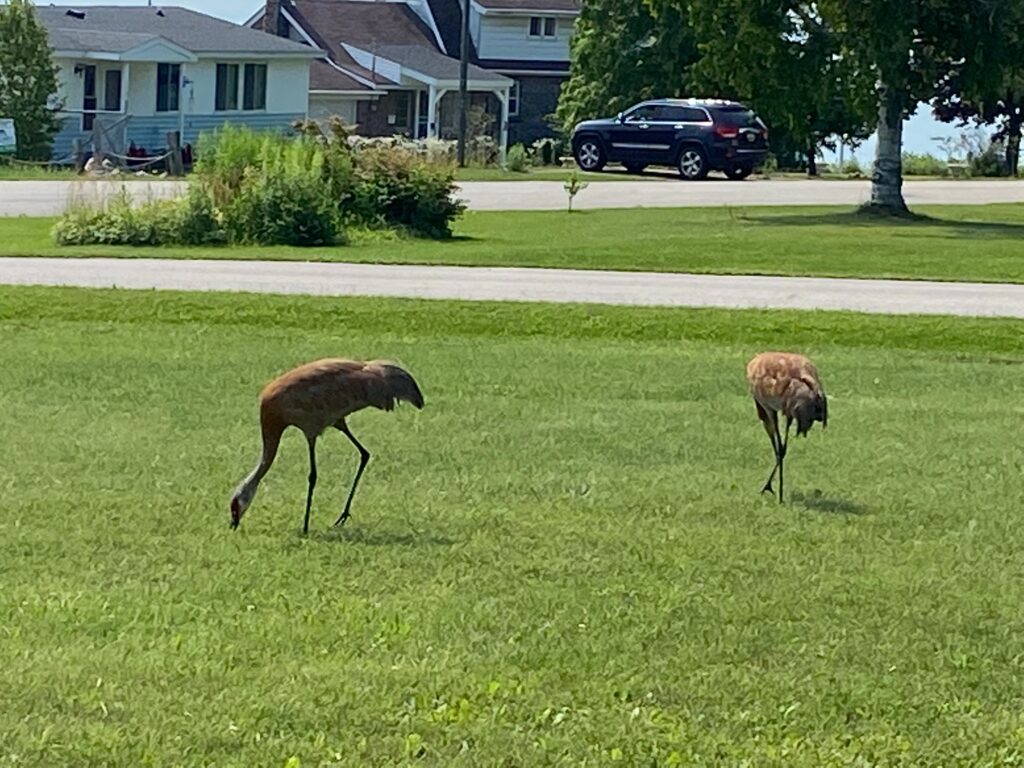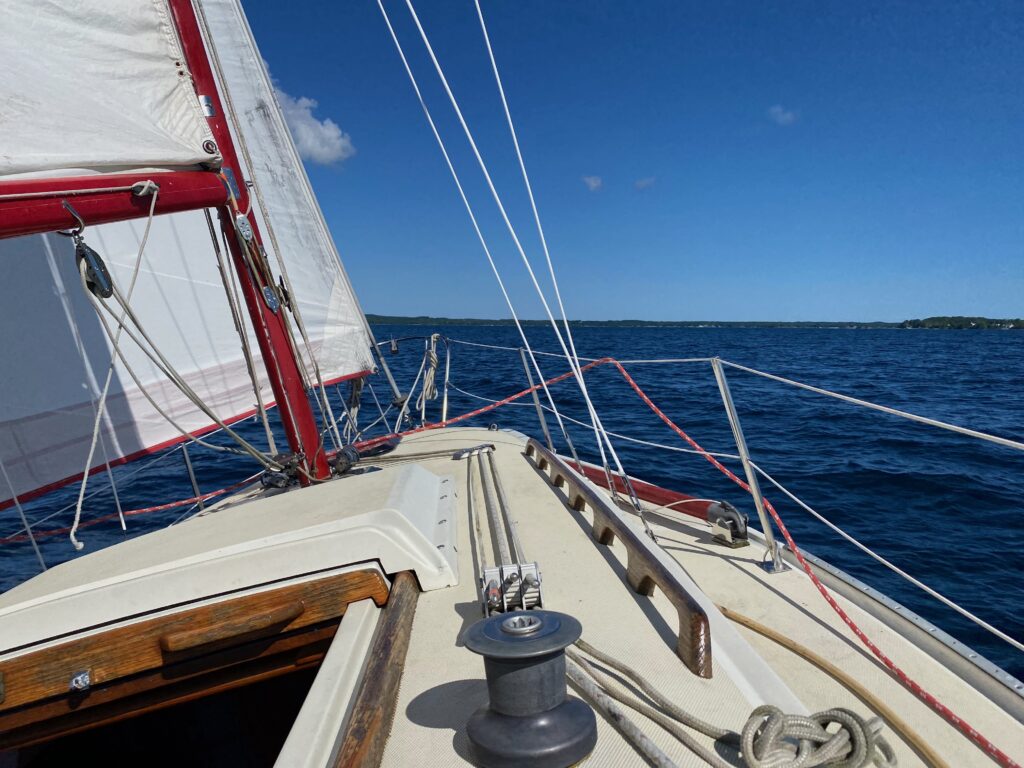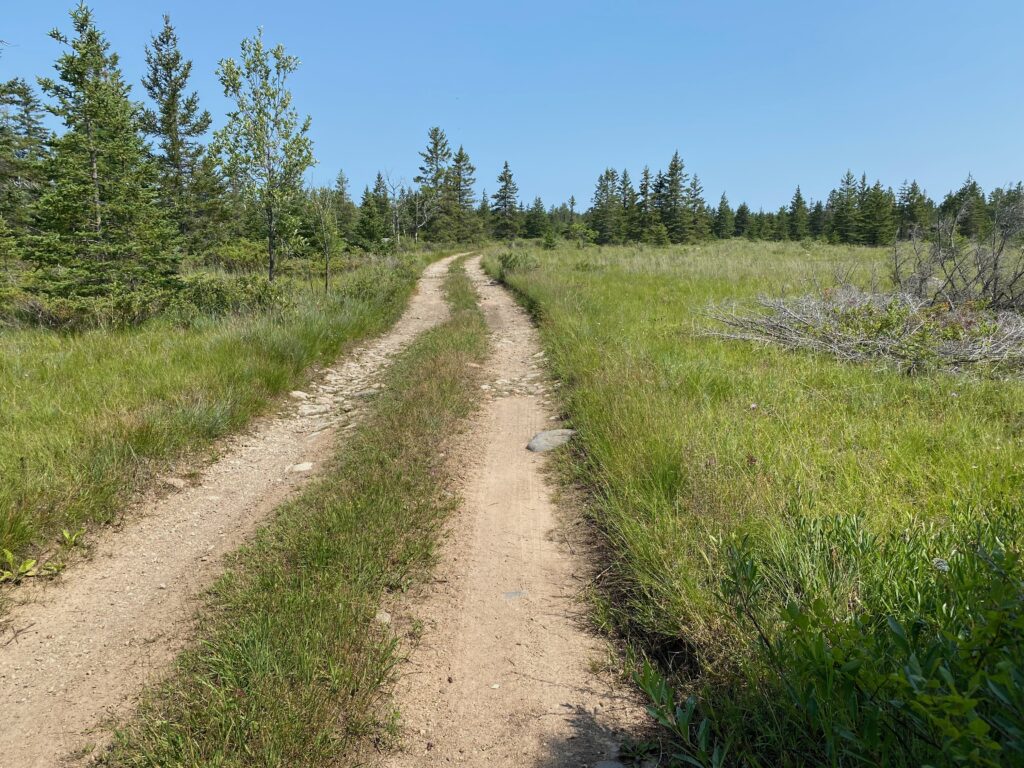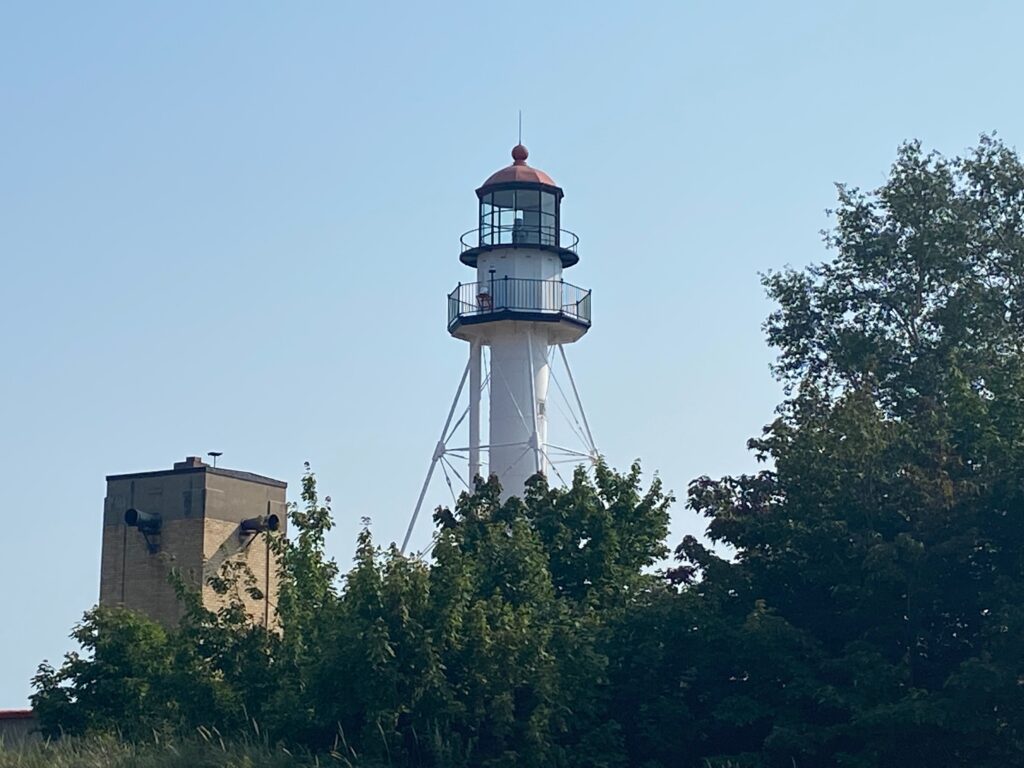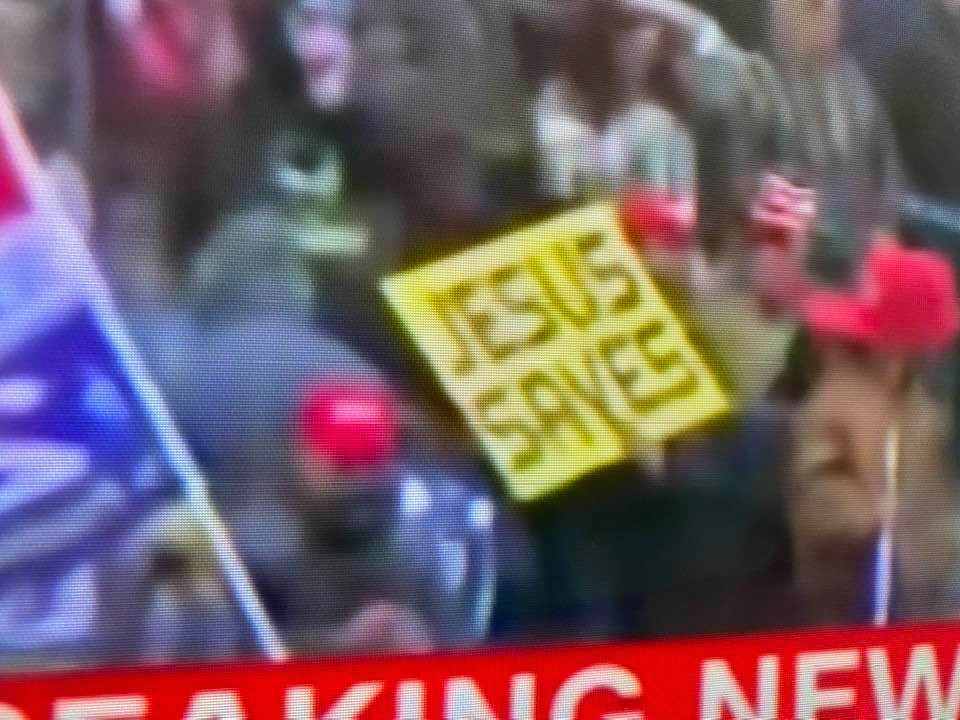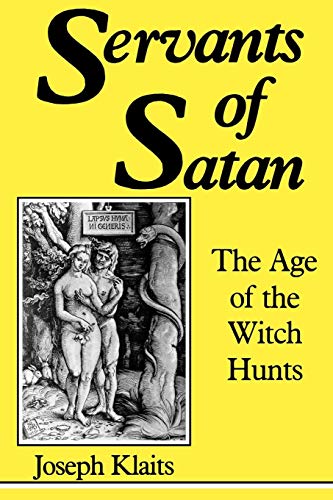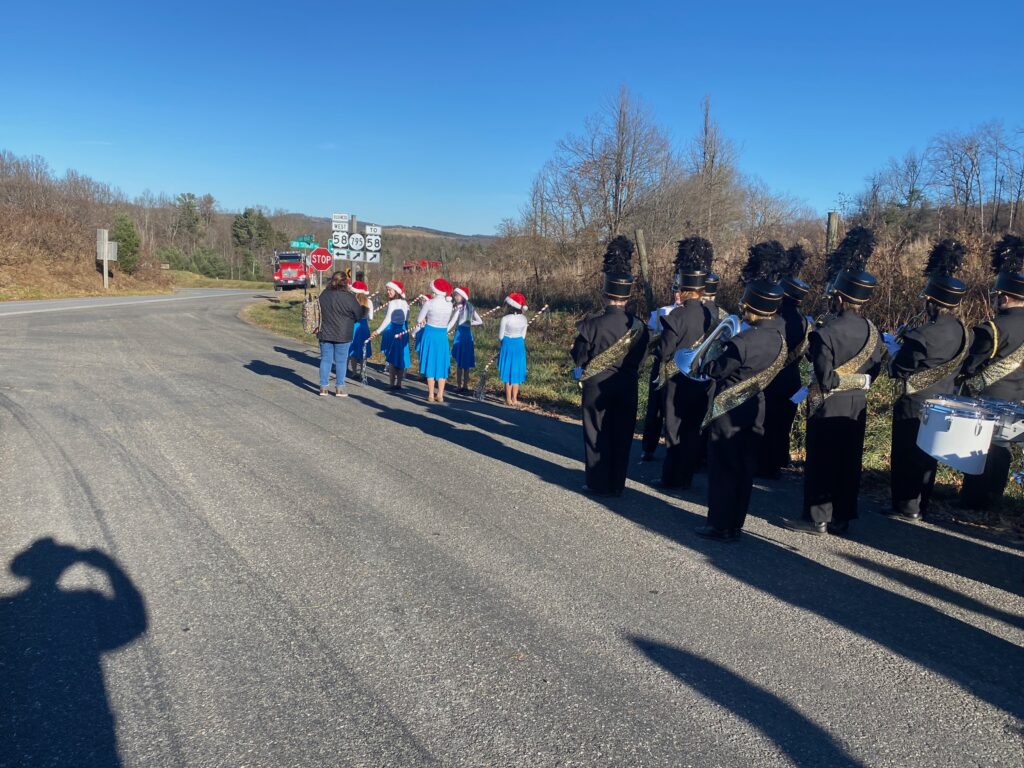
Small communities tend to do the best with Christmas parades, and the Meadows of Dan Christmas parade was no exception. The line was long and involved so many people that you would think there wouldn’t be anyone watching. But the street was filled with folks, especially kids with bags as the parade is like Mardi Gras, with people throwing candy (I didn’t see any beads).
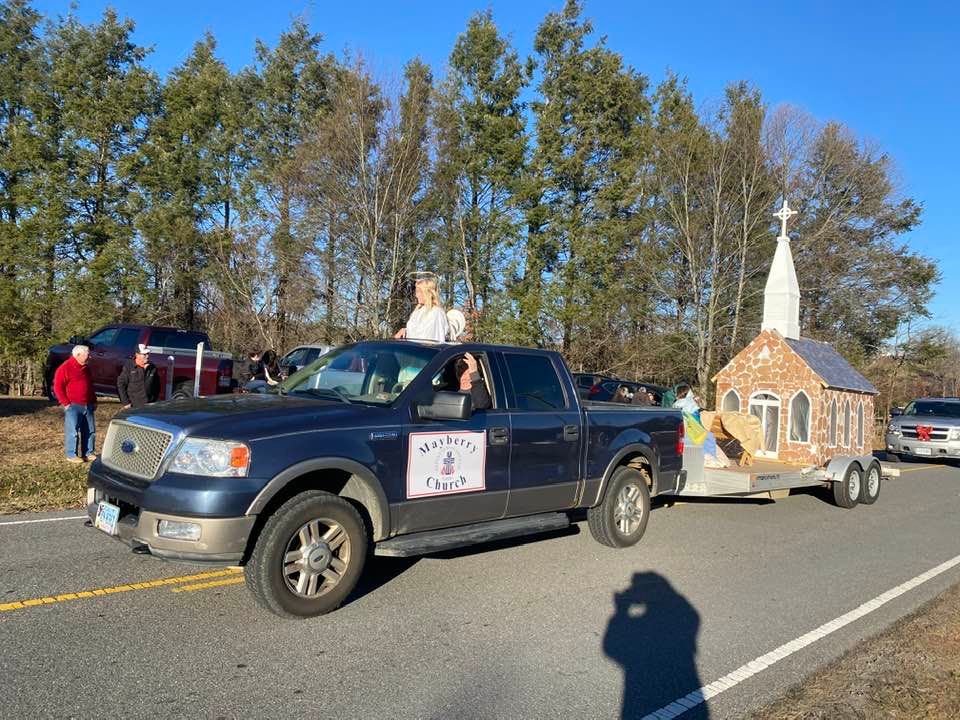
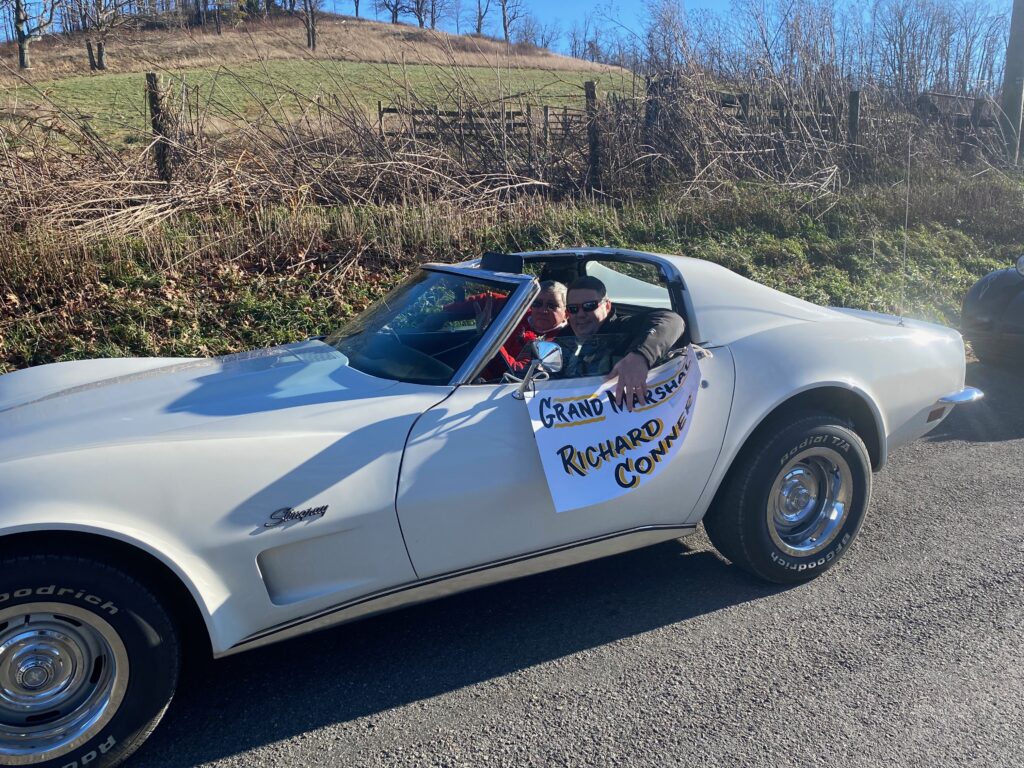
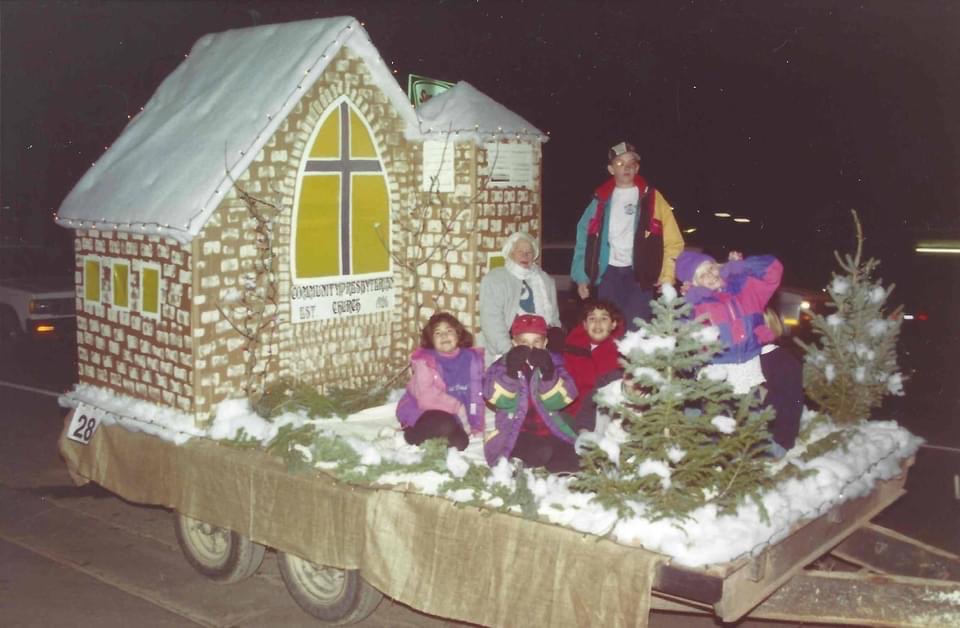
This year, the good folks at Mayberry Presbyterian Church decided to create a church float. This was a community effort, which I suggested based on something we’d done when I was a pastor in Utah. Shep purchased the 2x4s, most of which he and Richard split into 2x2s. Fred loaned us the trailer. A frame was built with the help of Joey, Mike and Linda, Richard, and Henri. Then Richard and I ran down to a place near Martinsburg, where we were able to obtain the MDF board at $7 a sheet. These we brought back and cut out the windows and doors. A team the consisted of Mike and Linda , Angie and Shep, Richard and Ann painted the rocks and the roof to match the church. Sharon fed us with hot dogs from Jane’s Country Cafe.
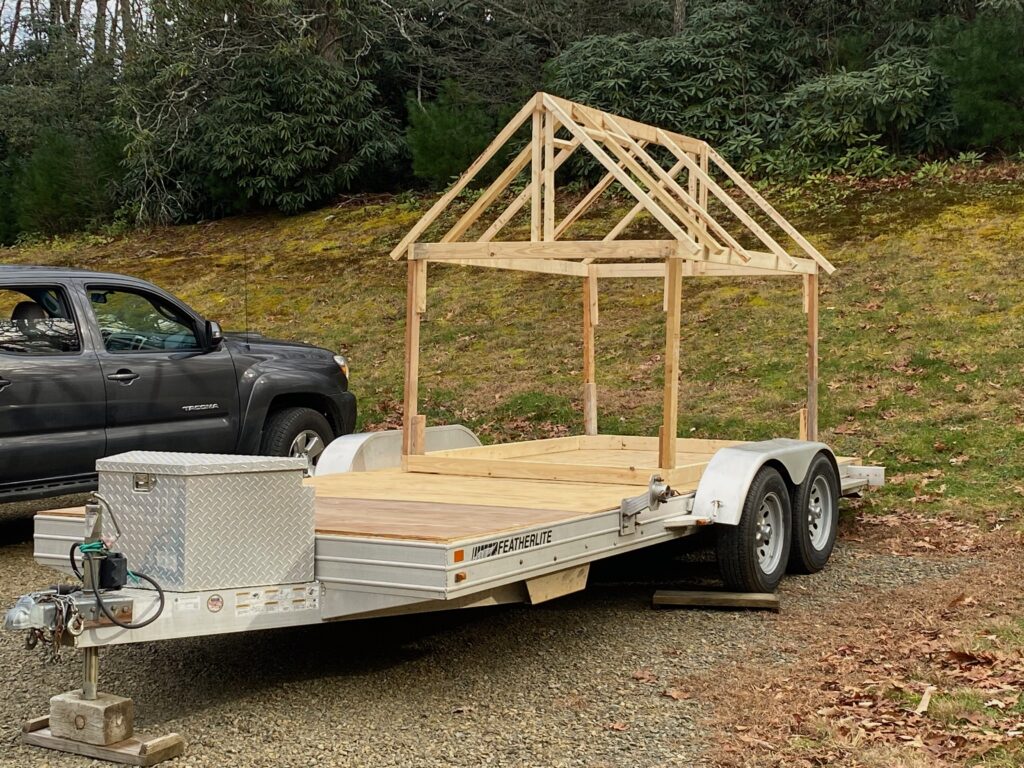
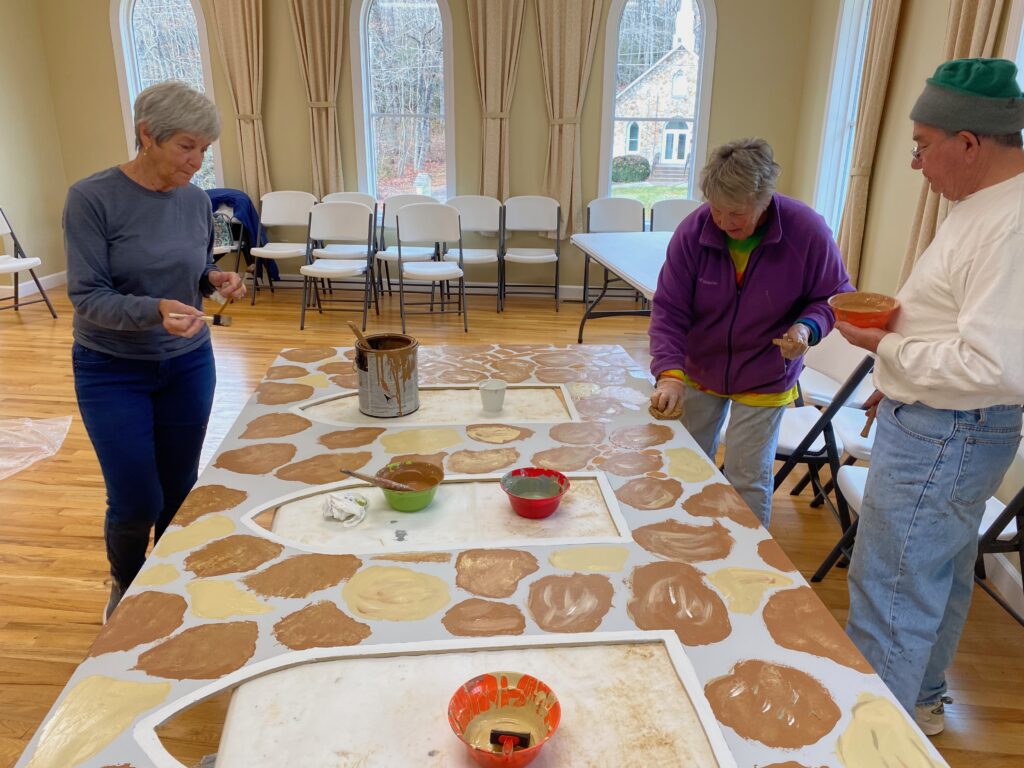
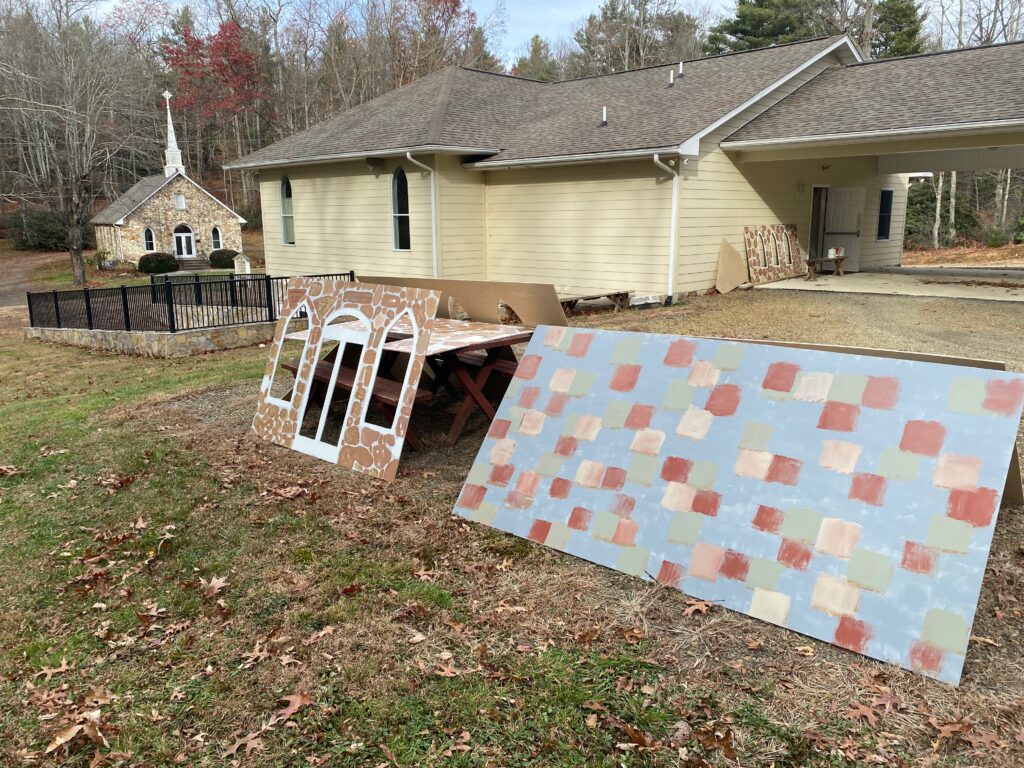
After the panels were try, we screwed the walls and roof to the frame. We taped plastic over the windows, put up a tree inside the church, and taped battery-operated candles onto the windows.
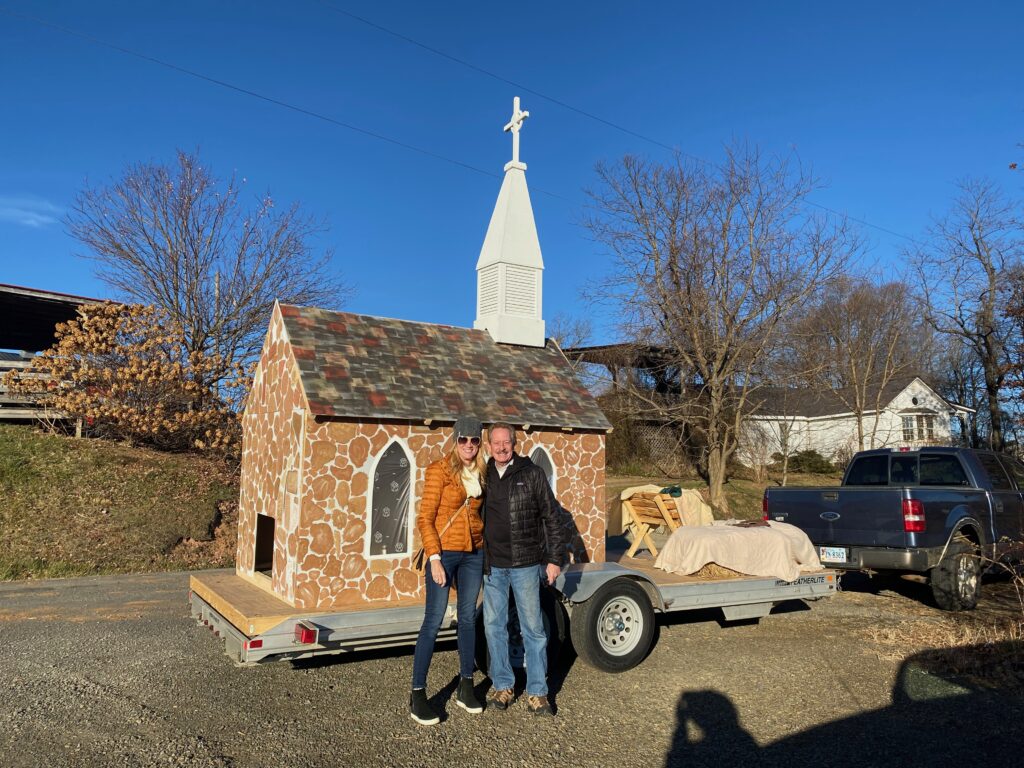
At the same time, Norris and Mona were constructing the steeple. If he gets tired of being a financial planner, Norris could have a career as a steeple jack! We installed the steeple while waiting for the parade to begin, feeling it might be a bit dangerous to drive it the 3 ½ miles to where the parade lined up. We were not sure if the steeple (held on with a few screws) could survived a 45 mile an hour wind.

For the parade, Roger drove Mike N’s truck, pulling the float. In front of the church, sitting on hay bales, were Mary and Joseph with baby Jesus laying the manger. Madison and Kegon Played Mary and Joseph with Jesus being played by a Mattel doll. Standing in the seat of the truck, head poked out of the sunroof, was Happy. Dressed as an angel, she harked the coming of the season. She also threw out candy canes with information about our Christmas Eve services and one of the many “legends” of
the candy cane on the back.
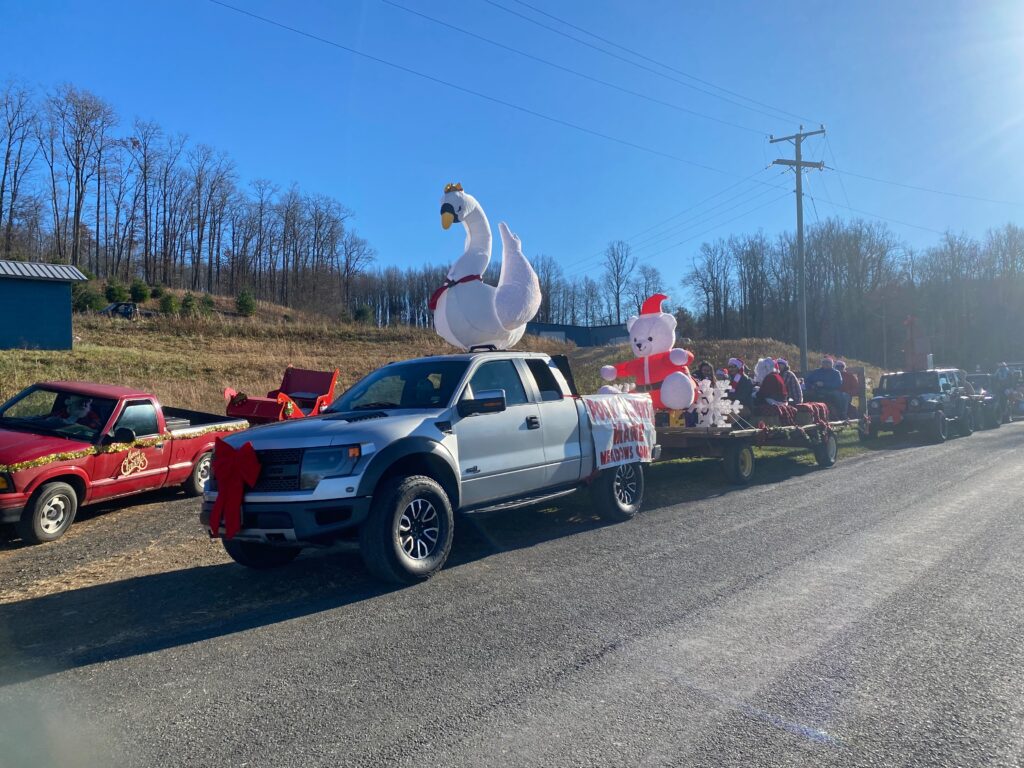
The parade was probably two miles long (for a business district that is about two blocks long). Not to be overly proud, but we took first-place. Thanks everyone for your hard work! (I hope I didn’t forget anyone).
This year’s Christmas Eve services for the Rock Churches: Bluemont at 4 PM and Mayberry at 6 PM. There will also be a Christmas Eve program available on our YouTube Channel after 5 PM. If you’re not in our area, please check out the program! Also, if you like it, please like, and subscribe to our YouTube channel.

